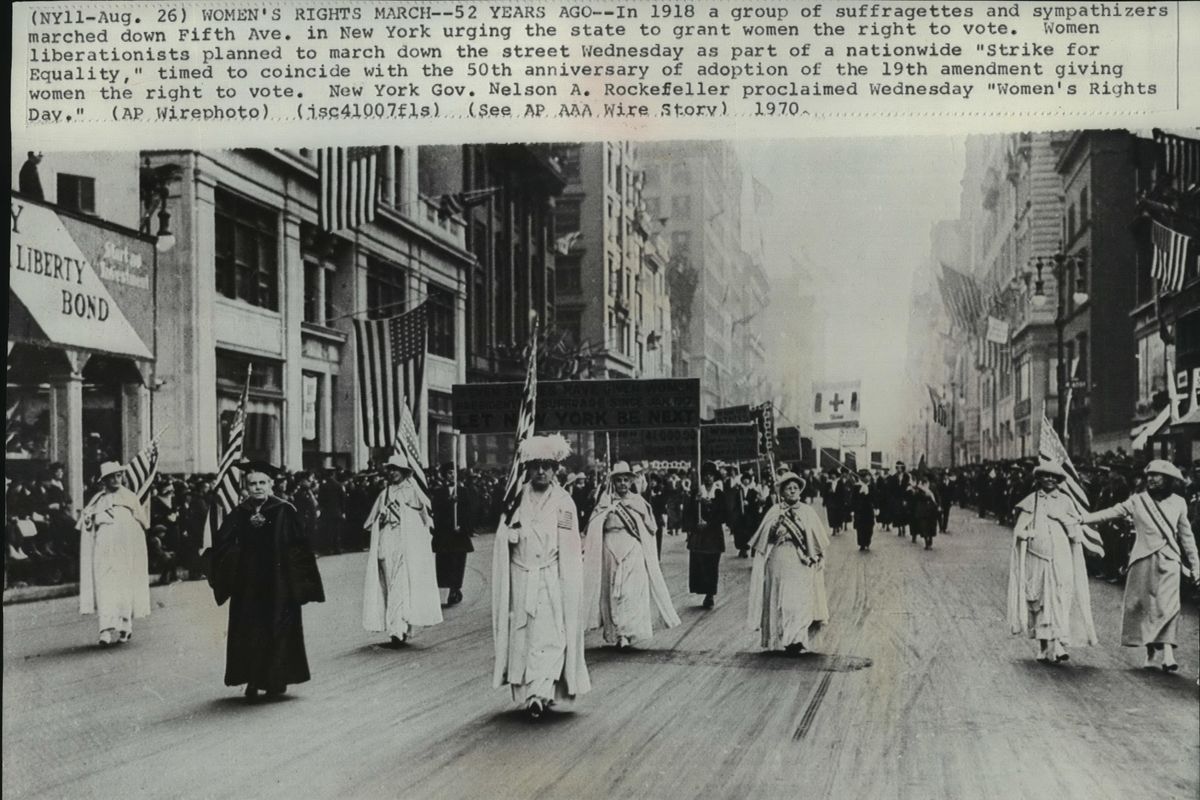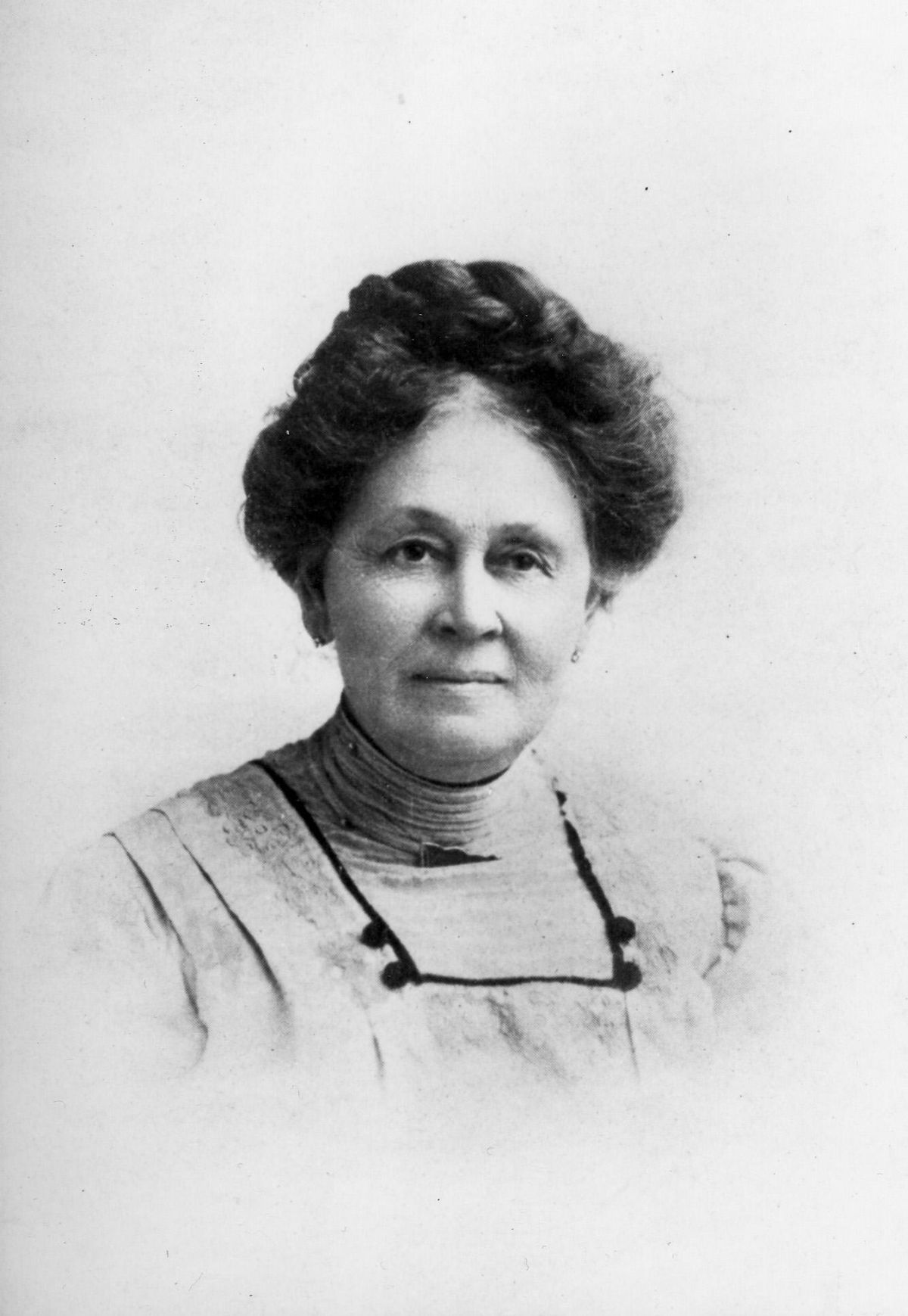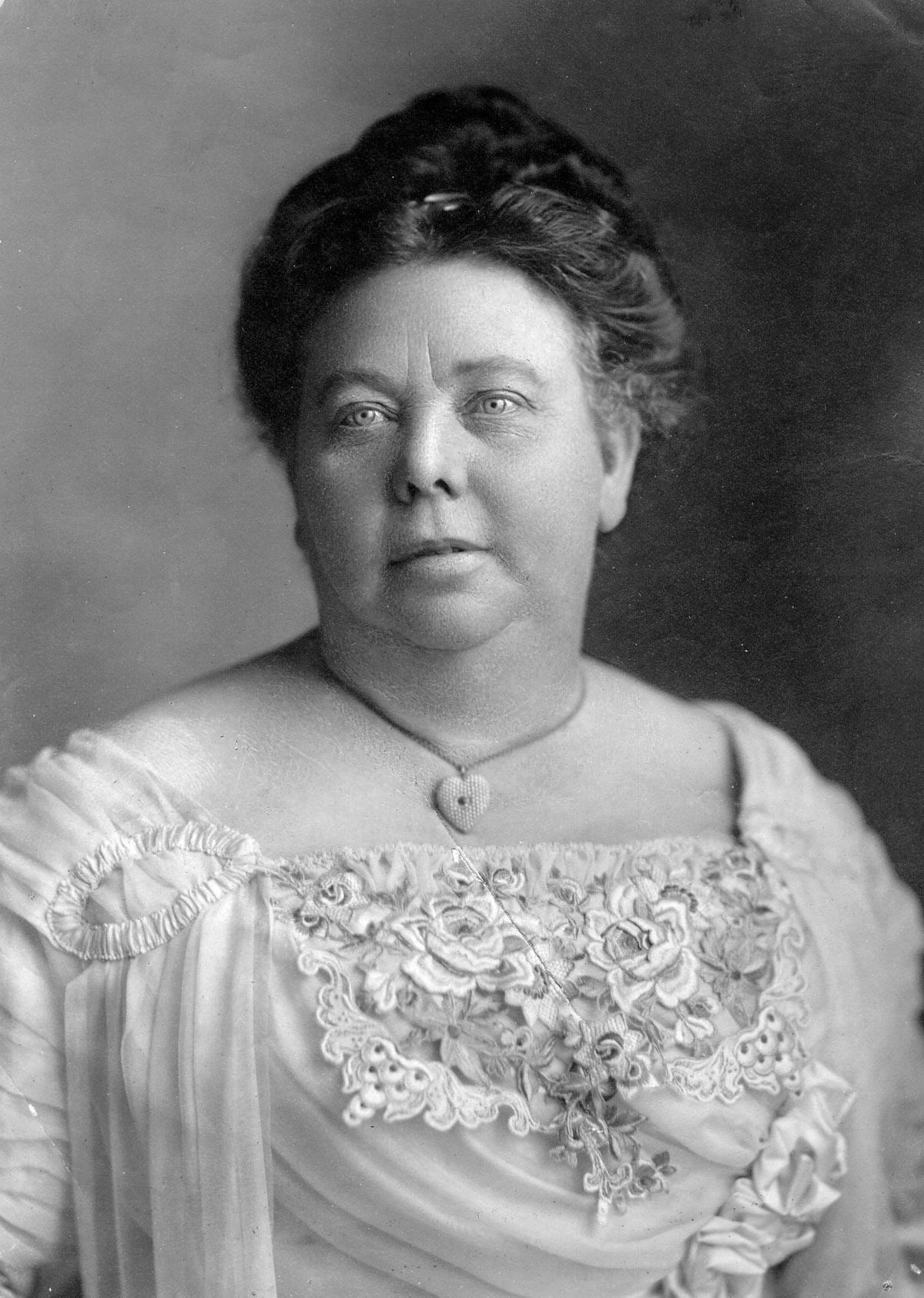Women nationwide won the right to vote after long struggle 100 years ago, but Washington voters expanded suffrage a decade earlier
Emma Smith DeVoe. Courtesy of Tacoma Public Library Emma Smith DeVoe of Tacoma was one of the prime movers behind the effort to get Washington state women the vote in 1910. She was president of tthe Washington Equal Suffrage Association and a paid staffer for the National Suffrage Association. She collaborated with Spokane's May Arkwright Hutton on the suffrage effort, though the two women had vastly different styles. (Courtesy of Tacoma Public Library)
Sue Lean made a pilgrimage to Women’s Rights National Historical Park in Seneca Falls, New York, in 1994. She was in the neighborhood because her daughter had just graduated from Cornell University, and, flipping through a parks brochure, she noticed the state of Washington mentioned prominently in the timeline.
In 1910, Washington women won the vote. The brochure noted Washington “inspired nationwide campaign.”
“The phrase I almost had tattooed – or needle-pointed, more likely for me – was from that national parks brochure,” joked Lean, Washington Women’s History Consortium vice chairwoman.
On Aug. 26, 1920, women’s right to vote in the United States will turn 100. The 19th Amendment cleared its final hurdle when the Tennessee Legislature ratified the amendment on Aug. 18, 1920, coming down to a tie-breaking vote from a young lawmaker, Rep. Harry T. Burn, who had a note from his mother.
“Don’t forget to be a good boy and help Mrs. Catt with her ‘Rats,’ ” Febb Burn wrote to her son, referencing Carrie Chapman Catt, who served as president of the National American Woman Suffrage Association and founded the League of Women Voters.
The big party for Washington came much earlier, on Nov. 8, 1910, when it became the fifth state to give women the vote, but its role in the national suffragist movement was pivotal.
“When Washington state finally got the vote in 1910, we ended what they called the 14-year doldrums,” said Karen Blair, Central Washington University history professor emerita. “Progress had slumped for a decade and a half, and when Washington gave women the vote in 1910, Oregon quickly followed and California, too. So a snowball began.”
The fight for the women’s vote traces back to the first women’s rights convention in July 1848 in Seneca Falls, New York. One of the first suffragists, Elizabeth Cady Stanton, asked Frederick Douglass – a prominent writer, orator and abolitionist who was formerly enslaved – whether they should pursue the vote.
“I have never yet been able to find one consideration, one argument, or suggestion in favor of man’s right to participate in civil government which did not equally apply to the right of woman,” Douglass said at the convention.
Authored by Elizabeth Cady Stanton and purposely modeled after the Declaration of Independence, the Declaration of Sentiments was a list of women’s grievances.
“We hold these truths to be self-evident: that all men and women are created equal; that they are endowed by their Creator with certain inalienable rights; that among these are life, liberty, and the pursuit of happiness; that to secure these rights governments are instituted, deriving their just powers from the consent of the governed,” the document read.
Nearly the entire document was considered uncontroversial at the meeting, with the notable exception of the women’s right to vote.
“That was really considered men’s business,” Blair said. “Maybe you could argue women need education to teach their children, maybe you could argue that they should have jobs in case they’re widowed and have to feed their kids, but asking for the vote in 1848 was really saying women should shape public policy.”
There were many people who were both suffragists and abolitionists, but the relationship could often be strained, said Amy Peloff, League of Women Voters Washington administrator.
“Abolitionists weren’t necessarily anti-racist,” Peloff, University of Washington affiliate faculty in gender, women and sexuality studies, said. “Just because they believed that slavery was wrong didn’t mean that the white race wasn’t still superior, and a large part of the abolitionist movement was predicated on the belief that the enslaved people would go back to Africa.”
A notable instance of the movements clashing was when Susan B. Anthony, National Woman Suffrage Association co-founder, opposed the 15th Amendment, which gave the vote to black men but did not include women.
Anthony was quoted saying, “I will cut off this right arm of mine before I will ever work or demand the ballot for the Negro and not the woman.”
Lean said this Anthony quote has been taken out of context.
“Well, that makes her look terribly racist when in fact she’s been an abolitionist for years and it was her abolitionist friends that asked her to set women’s rights aside,” Lean said. “She said no way in no uncertain terms, but it’s been used to smear her reputation.”
Peloff said we shouldn’t put anyone on a pedestal.
“I do think that we do have to respect the work that white suffragists put into this fight for the vote, but we also have to acknowledge the flaws that they brought to that work, the issues that kept them from being able to do that work in a holistic way that really addressed all of the problems around inequality,” Peloff said.
A photo that was extremely striking to Peloff was that of Ida B. Wells in 1913 at the first suffrage parade in Washington, D.C., which was organized by the National American Woman Suffrage Association. When Wells and 60 other black women arrived to march with the Illinois delegation, they were advised to march in the back so as to not offend the Southern delegates.
“Either I go with you or not at all,” Wells said, leaving the parade. “I am not taking this stand because I personally wish for recognition. I am doing it for the future benefit of my whole race.”
But she didn’t actually leave, and the photo is of her returning to the group and marching. Peloff said a focus of Washington League of Woman Voters in the upcoming centennial has been taking a closer look at these stories.
“Having this opportunity to reflect on the history of the suffrage movement as a whole is really a useful opportunity to think about what kind of an organization we want to be moving forward,” Peloff said.
The passage and ratification if the 19th amendment is an example of the imperfection of politics and people, and the compromises made along the way, said Lunell Haught, president of the League of Women Voters of Washington.
There were many competing interests in the fight to get women the vote. An important opponent to women’s suffrage was the saloon interest. There was great concern that if women were given the vote, they would make the sale of alcohol illegal. This was, after all, what Washington women did when they won the vote the first time around.
When Washington was still just a territory, women won the right to vote in 1883, and exercised that right, mainly by supporting prohibition measures. Women lost the vote on February 1887, briefly regained it on Jan. 16, 1888, only to lose it once more on Nov. 14, 1888.
Abigail Scott Duniway, a prominent suffragist in Oregon, blamed this loss on suffragists joining forces with temperance groups. One of the largest national woman organizations was the Women’s Christian Temperance Union.
“The WCTU believed that alcohol was the source of an awful lot of family violence, domestic violence, abuse, that men got drunk and men harmed their wives and children, and men went to the bars and treated their friends to drinks and spent the family’s food budget,” Blair said.
Duniway advised women on this manner.
“One of the things that she said was women don’t tell men that you’re interested in the vote because you hate alcohol, they’ll never vote for you if they think you’re going to take away their beer,” Blair said.
Washington was among 33 of the 48 existing states that banned the sale of alcohol prior to the 18th Amendment.
“As soon as women get the vote, that’s what they do in our state,” Blair said.
The women of Washington used various techniques – flyers, parades, postcards – to give the suffrage movement momentum, and this learning experience better served the western states which won the vote after Washington, as well as the national campaign.
In 1996, the Washington Women’s History Consortium celebrated the 125th anniversary of Anthony’s first of three visits to the Northwest, and Lean said some of these postcards popped up in a garage sale in Olympia.
“It had a purple ribbon banner that runs most of the way around the card, and the words on the top of the banner says, ‘Think it over,’ and then it says, ‘An ounce of persuasion precedes a pound of coercion.’ ”
Peloff said she imagines if the women who fought for the right to vote were still around, they would find more work to be done.
“My sense is that even when women first got the right to vote, they didn’t necessarily exercise that right, and I think that sense of disenfranchisement despite being enfranchised is something that they would be interested to note is still happening today,” Peloff said.





